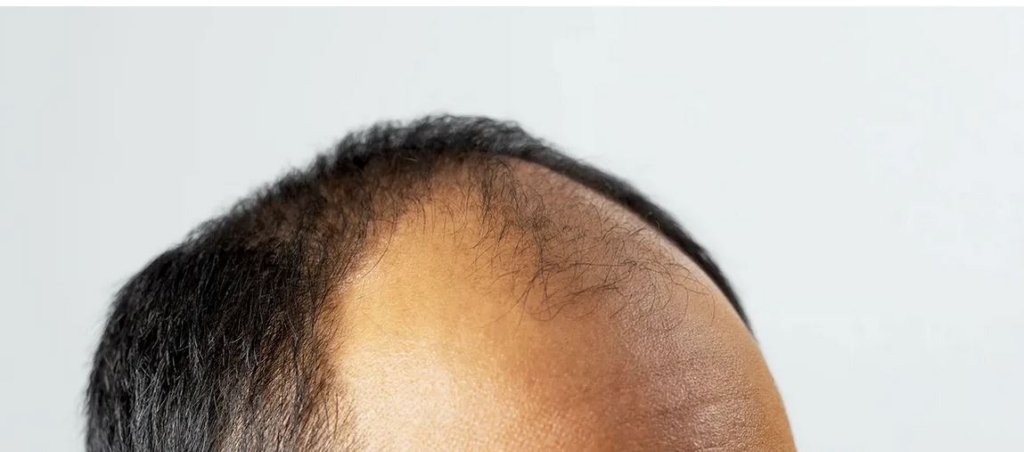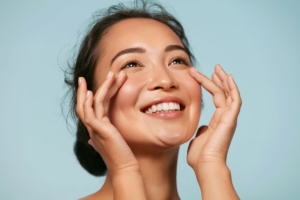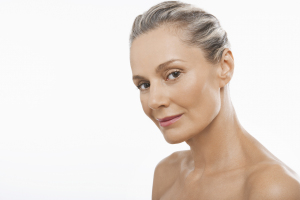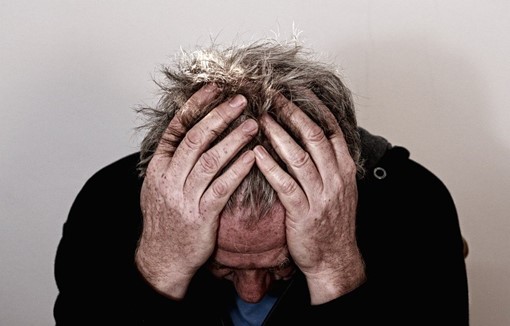
Unlocking Confidence: A Comprehensive Guide to Hair Restoration for Men
For many men, hair is a source of confidence and style. Unfortunately, hair loss can devastate a man’s self-esteem, leading to low self-confidence and feelings of insecurity. Hair restoration allows men to regain their confidence by restoring their hair and sense of identity.
The Importance of Hair for Men
For most men, having a full head of hair is integral to feeling attractive and masculine. Hair gives men a sense of identity and can even be seen as a symbol of youth and vitality. It’s no surprise that hair loss can lead to a decrease in self-esteem and feelings of insecurity.
The Emotional Impact of Male Hair Loss
Hair loss can have a profound emotional impact on men, leading to insecurity, low self-confidence and even depression. Men often feel that hair loss makes them look older and less attractive than when they have a full head of hair. Many men also experience social anxiety due to their hair loss, which can lead to feelings of isolation.
The Promise of Hair Restoration
Fortunately, there are a variety of treatments available that can help men restore their hair and their confidence. Hair restoration treatments such as hair transplants, scalp micro pigmentation, and even topical treatments like Rogaine can dramatically improve the appearance of thinning or balding areas on the scalp.
Understanding Hair Loss in Men
Hair loss is a common but often distressing problem for men. Understanding the causes of hair loss can help men find the proper treatment to restore their hair. Hair loss in men is typically caused by androgenetic alopecia, also known as male pattern baldness (MPB). However, other possible causes of hair loss may warrant medical attention, including disease or nutrient deficiencies.
The primary cause of MPB is a hormone called dihydrotestosterone (DHT). DHT is a byproduct of the male sex hormone testosterone and can bind to receptors in the hair follicles, causing them to shrink and eventually stop producing new hairs. This process is known as miniaturization, and it typically progresses from the front to the back of the scalp over time.
Certain genetic traits make some men more likely to experience hair loss than others. If you have a family history of hair loss, it’s essential to be aware of the potential for future thinning or balding.
Types of Male Hair Loss
Several types of male hair loss exist. However, male pattern baldness is the most common type in men, affecting up to 80% of males by age 80. Male pattern hair loss has characteristics such as thinning hair at the crown of the head and a receding hairline.
Male pattern baldness, also known as androgenetic alopecia, is men’s most common type of hair loss. It is usually genetic and may start as early as puberty. It involves a receding hairline and thinning at the crown of the head or a horseshoe-shaped pattern around the sides and back. Male pattern baldness progresses with age and is usually permanent.
Alopecia areata is an autoimmune disorder that causes patchy hair loss on the scalp and other body areas. It’s thought to be caused by an abnormality in the immune system, which mistakenly attacks the hair follicles. The condition may cause partial or complete baldness, but it’s not usually permanent and can be treated with medications or topical treatments.
Telogen effluvium is a condition that causes sudden, diffuse hair shedding from all over the scalp. It occurs when the normal hair growth cycle is disrupted due to hormonal changes, stress, diet, medications, or medical conditions. The good news is that telogen effluvium is typically temporary and reversible.
Scarring alopecia is a rare type of hair loss caused by an inflammatory disorder. It destroys the hair follicles and causes permanent baldness in areas affected by the disease. Scarring alopecia can be caused by various underlying conditions, including lupus, lichen planopilaris, and central centrifugal cicatricial alopecia.
Early Signs of Hair Loss
Hair loss affects different people in different ways. Some may notice thinning hair around the temples, while others may see a change in their hairline. It’s important to note that not everyone will experience all the signs of balding.
The common signs of balding include:
Thinning temples and crown: Hair starts to thin around the temples and at the back of the head.
Receding hairline: The hair on the front and sides of the head begins to thin and move away from the face, creating an “M” shape. This is common in males.
Thinning on top of the head: Hair loss can start with thinning on the top, without any noticeable thinning or receding on the sides.
Widening part: The part line on the top of the head widens, causing hair to separate.
Thinning across the whole head: Some experience equal hair loss across the entire head, with no specific patterns or shapes. This is more common in females.
Hair falls out in clumps: While hair loss is usually gradual, hair can sometimes fall out in large clumps, indicating an underlying health condition.
Losing hair all over the body: Hair loss is not limited to the head and can occur on other body parts. Thinning or failure to grow back after shaving may indicate aging or underlying health issues.
If you experience any of these signs, it is recommended to consult a healthcare professional to determine the cause of your hair loss.
After identifying signs of early hair loss, deciding how to restore your hair is important. Many treatment options are available, and the best choice will vary for each person.
Oval Aesthetics offers the most effective non-surgical hair loss prevention treatments. Our program includes using AnteAge growth factors combined with stem cells, along with state-of-the-art DP4 micro-needling technology, enhancing the absorption of topical hair growth treatments for maximum effectiveness.
We deliver Plant-based DE|RIVE stem cells further to enhance hair restoration results through transdermal Jetpeel scalp infusion. Additionally, our FDA-approved low-level light therapy dome assists in hair regrowth.
We provide our clients with a clinical DHT inhibitor shampoo and conditioner to support hair growth. These advanced hair rebuild techniques work in perfect synergy to give you the best possible results.
Maintaining and Enhancing Hair Health
Maintaining and enhancing hair health after undergoing a hair restoration procedure is an essential step to ensure the treatment’s success and combat further thinning or pattern baldness. Here are some tips for post-treatment care, fighting other hair loss, and styling thinning hair for men who have undergone a hair restoration procedure:
Post-Treatment Care
After undergoing a hair restoration procedure, it is vital to maintain a healthy lifestyle to ensure that you get the maximum benefit from your treatment. This includes eating a balanced diet with plenty of vitamins and minerals, exercising regularly, getting enough sleep, and managing stress.
Combating Further Hair Loss
It’s also essential to prevent further hair loss or thinning. This may include using a DHT-inhibiting shampoo or conditioner, avoiding tight hairstyles that pull on the hair follicles, and wearing a hat or scarf to protect your scalp from the sun.
Styling Tips for Thinning Hair
For men with thinning hair, some styling tips can help make it appear fuller and thicker. Try using a volumizing mousse to add texture and lift to the hair or a wide-toothed comb and styling products that provide hold without weighing the hair down.
Boosting Self-Confidence
Hair loss can be an emotionally challenging experience for many men. It’s important to remember that you are not alone and that treatments are available to restore your hair. Discussing your concerns with a trusted friend or family member can also be a helpful way to process your feelings. Finally, seeking support from a mental health professional may be beneficial in helping you cope with the emotional effects of hair loss.
Nutritional Supplements for Hair Loss
A healthy diet is the foundation of good hair health, but some supplements can help support hair growth and restoration. Natural ingredients such as saw palmetto, marine collagen, biotin, and MSM have been proven beneficial for promoting healthy hair growth. Omega-3 fatty acids are also essential for scalp health and can be found in fish oil supplements.
Work with a Trusted Professional
At Oval Medical Laser Aesthetics, we understand the emotional and psychological toll hair loss can have on men and work to provide a customized solution based on your needs. We specialize in advanced, non-invasive solutions for hair restoration in both men and women. Our treatments involve innovative technology, such as laser therapy, platelet-rich plasma (PRP), and stem cell therapy, so you can be sure you’re receiving only the highest quality care.
We want clients to feel comfortable and confident in their hair restoration journey. That’s why we strive to provide a personalized experience with unmatched quality of service. Our experienced staff will take the time to get to know you and discuss your needs, ensuring that you are given the best possible care. For more information on our services and to book a free consultation, contact us.





